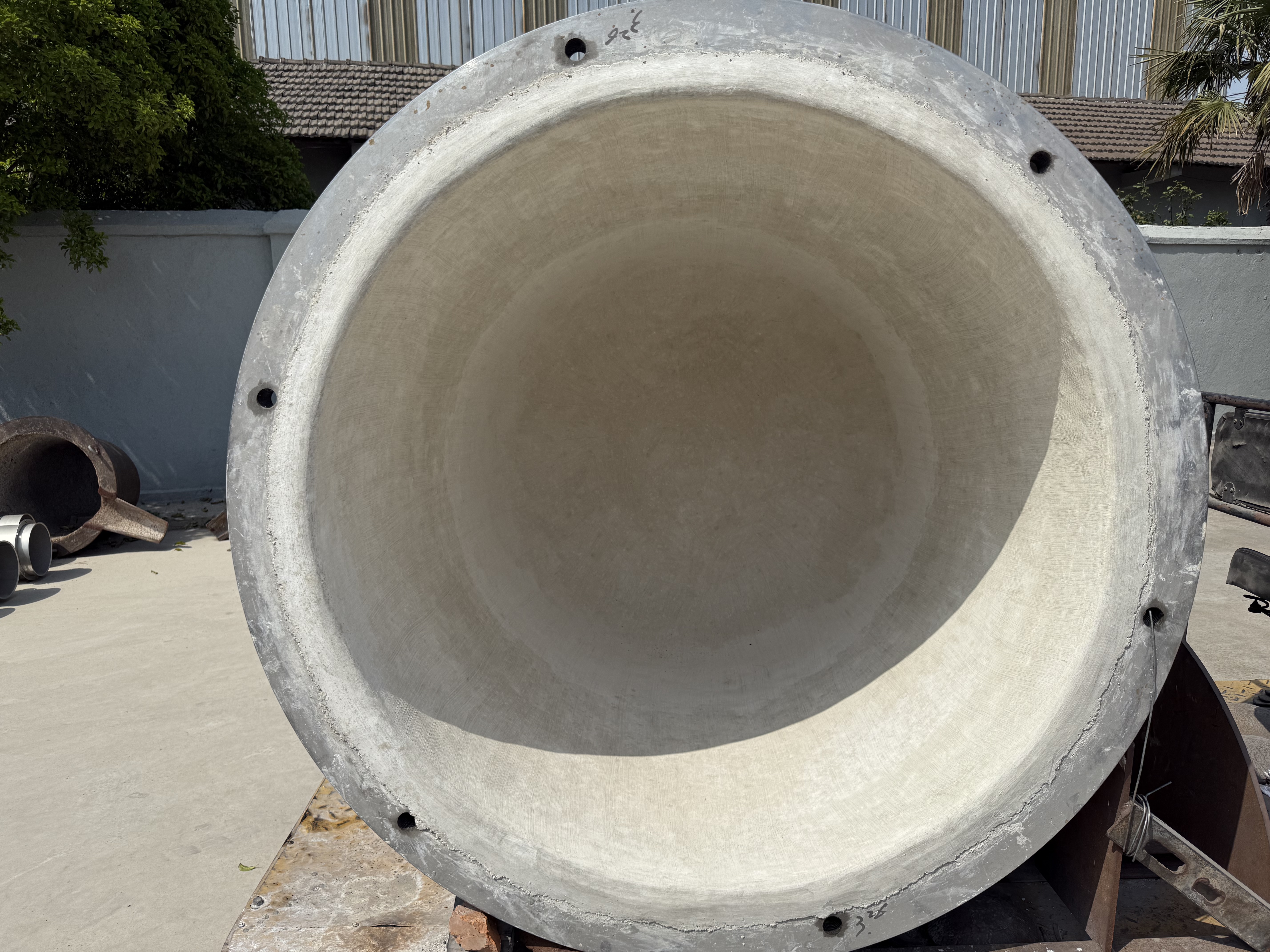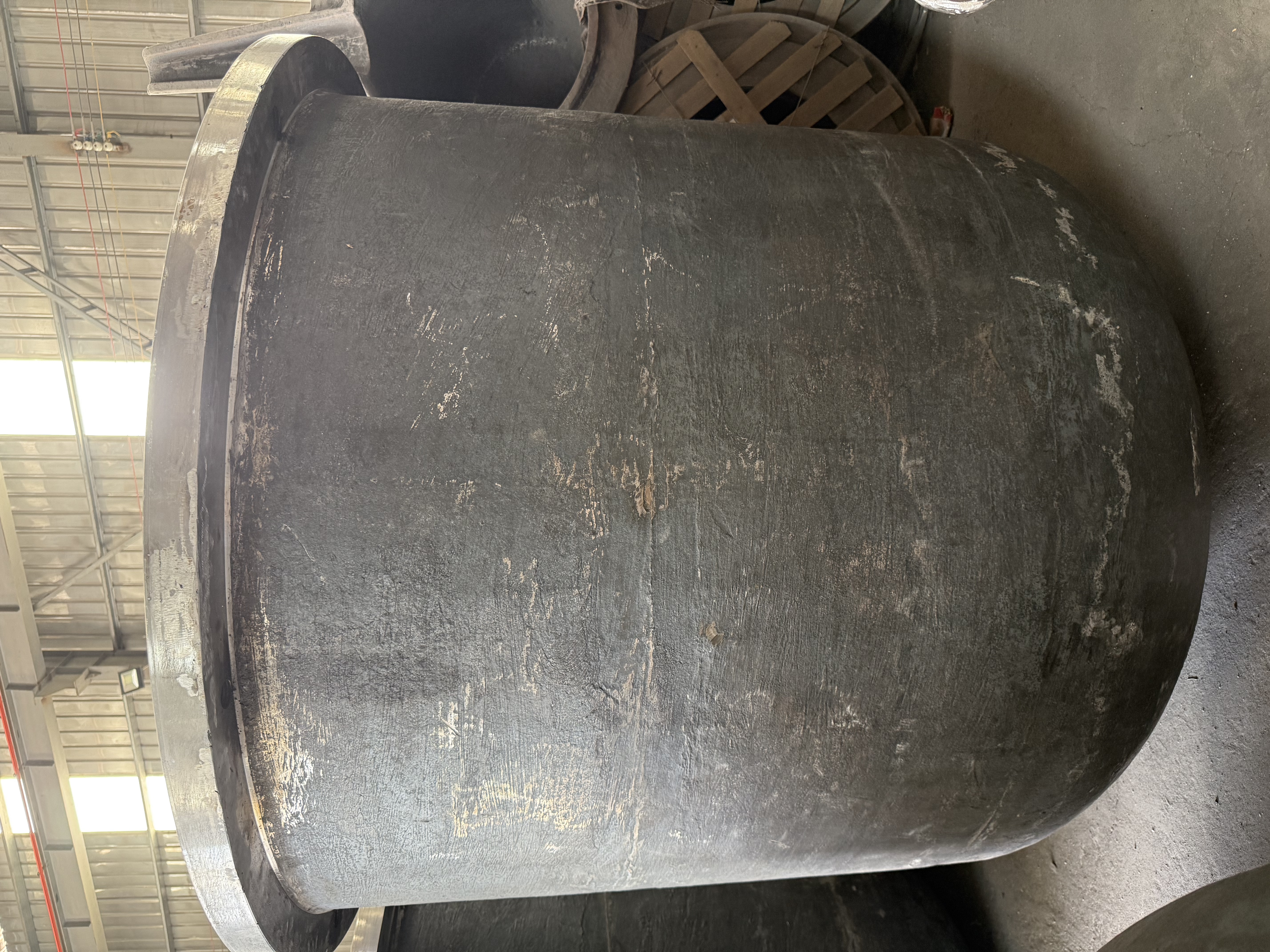old crucible
The old crucible represents a fundamental tool in metallurgy and laboratory sciences, embodying centuries of technological advancement in material processing. This vessel, traditionally crafted from high-grade ceramic or heat-resistant metals, serves as an essential container for heating and melting various substances at extreme temperatures. Its robust construction typically features a thick-walled design with a tapered body, enabling efficient heat distribution and material manipulation. The crucible's composition usually includes materials like clay-graphite, platinum, or iron, carefully selected to withstand intense thermal stress and chemical reactions. These vessels commonly range from small laboratory sizes to large industrial units, accommodating volumes from a few milliliters to several liters. The design incorporates specific features such as pour spouts, reinforced bases, and thermal shock resistance, making it indispensable in numerous applications including metal casting, chemical analysis, and material testing. Throughout history, the old crucible has proven instrumental in various industrial processes, from jewelry making to metallurgical research, maintaining its relevance despite technological advances in modern manufacturing.


